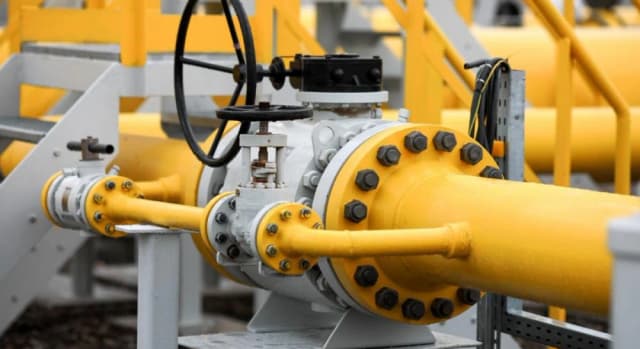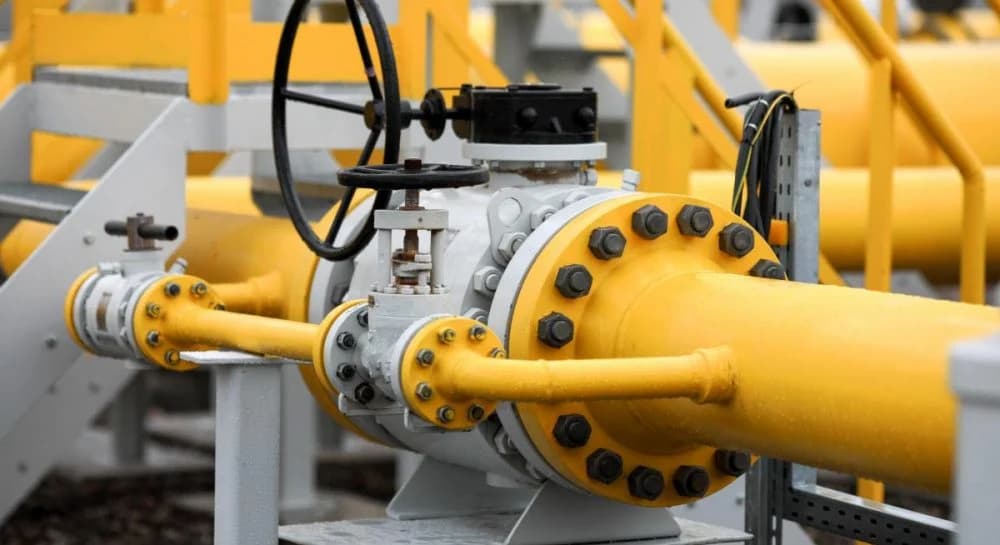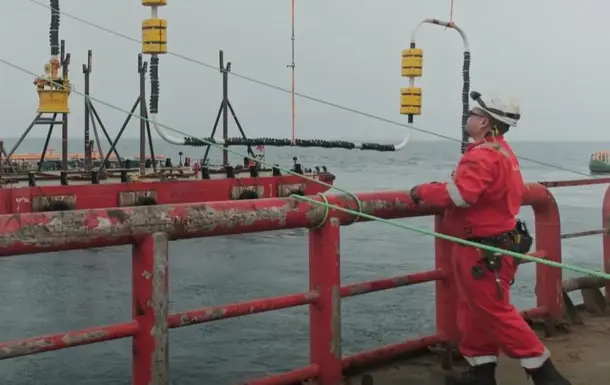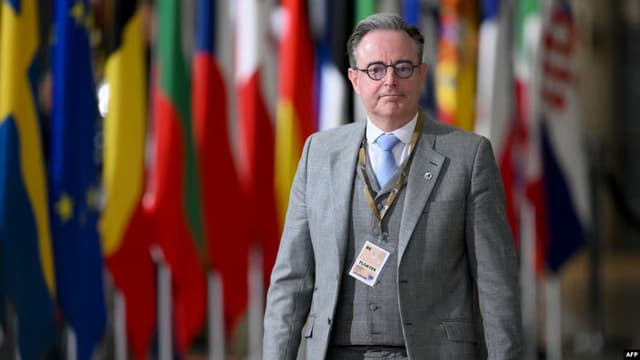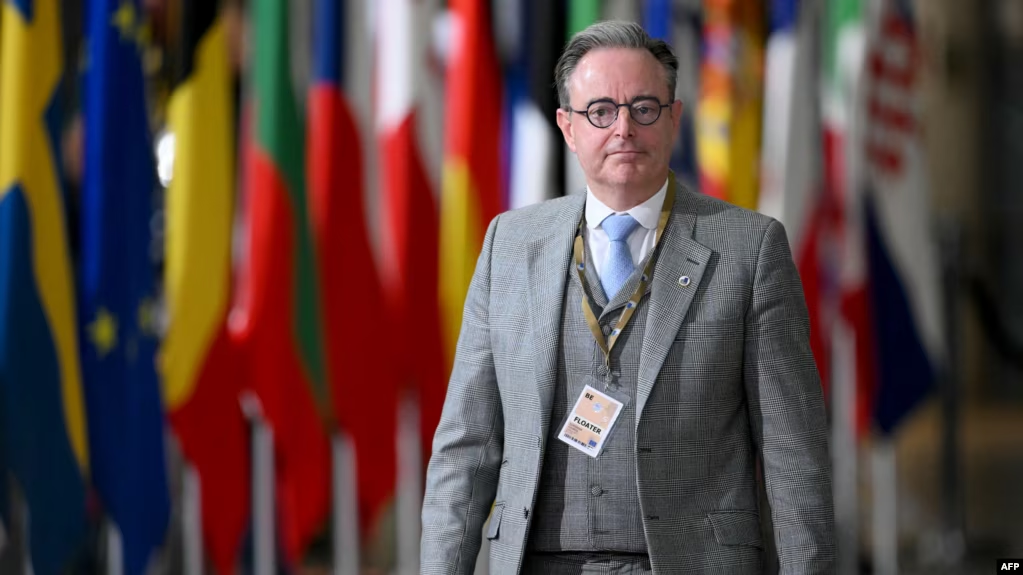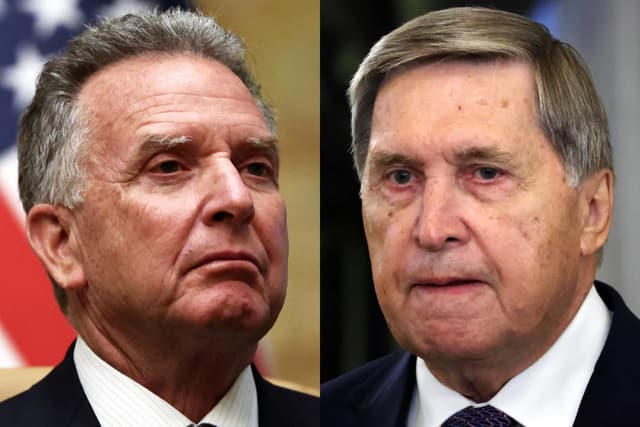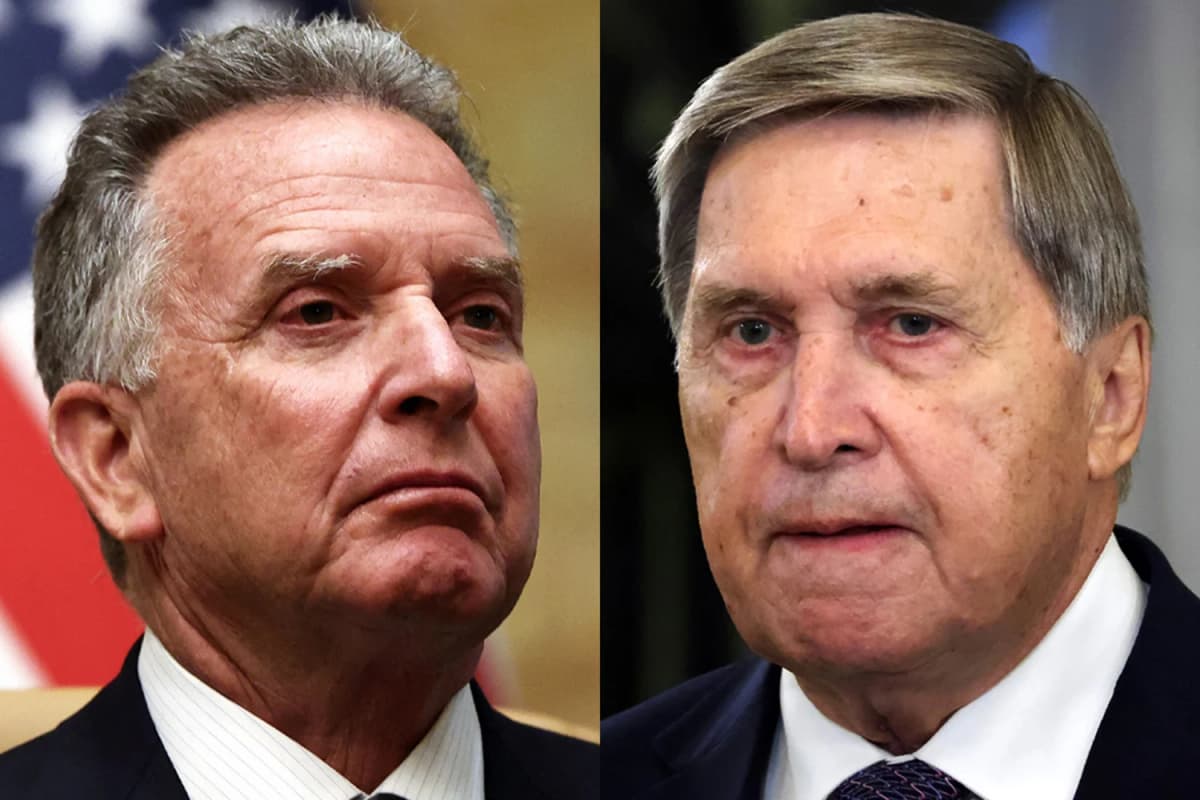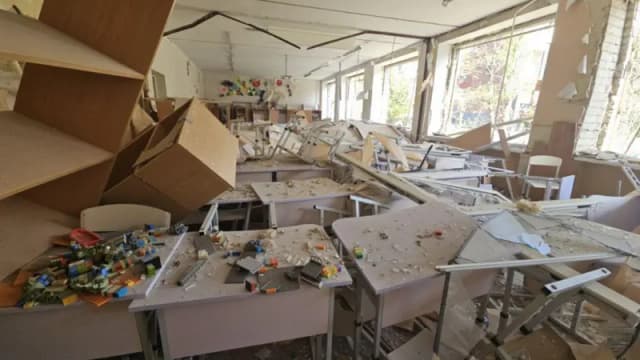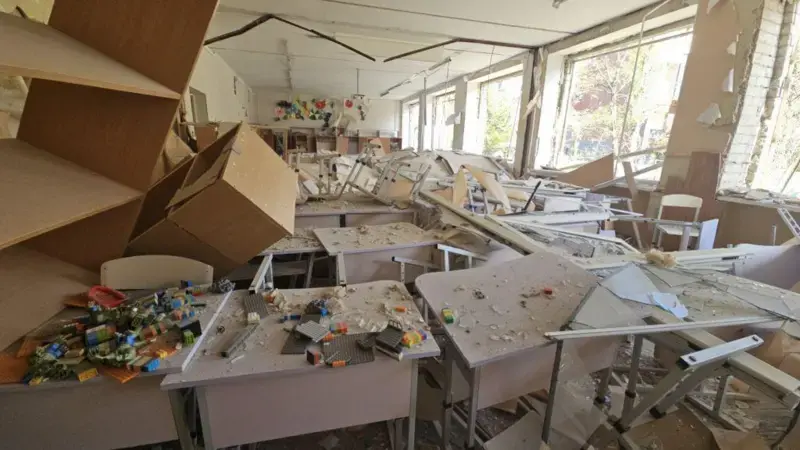Russian meat grinder. Why Russia does not care about the lives of its soldiers and how Europe should prepare for this
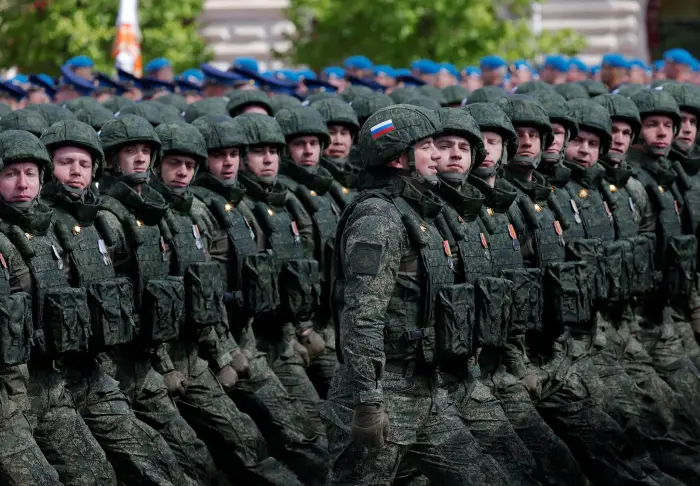 Maxim Shemetov/Reuters
Maxim Shemetov/Reuters
Such widespread indifference to human losses is no accident – it is deeply rooted in Russian military culture, history and the state system. And it is this Russian tolerance for casualties that poses the most serious challenge to both Ukraine and Europe as a whole, which believe that the lives of their soldiers are valuable and that losses should be minimised.
However, Ukraine's experience shows that in a war of depletion with such an enemy, heavy casualties are inevitable. Russia's invasion of other European countries is much more realistic than many may now think. Europe will have to rebuild its conventional armed forces to prepare for war with an enemy that does not value the lives of its soldiers.
Military operation vs war: what is the difference?
After the end of the Cold War and the collapse of the Soviet Union, European countries reduced their armed forces and defence industry, believing that the threat of enemy invasion from the East had finally disappeared. The massive armies that had previously been prepared to confront Russia were replaced by lighter versions – smaller expeditionary forces with an emphasis on high-tech weapons, whose tasks were mainly limited to conducting military operations in other parts of the world.
Military observer and Israeli Defence Force reserve officer Yigal Levin explains the difference between a special operation and a major war. According to him, special operations are characterised by the following: firstly, they are carried out by military professionals who have trained for this their entire lives; secondly, all maximum risks are calculated, and the operations themselves are carried out only when the risk is minimal; thirdly, there are virtually no losses due to the calculation of all risks. "Special forces losses are acceptable at 1%. If special forces suffer heavy losses – 30% – then something has gone wrong. The entire operation has failed," notes Yigal Levin.
A good example of a special operation is the US military operation ‘Midnight Hammer,’ when American B2 bomber aircraft attacked Iranian nuclear facilities, such as the Fordow uranium enrichment plant, on the night of 22 June. According to Levin, ‘the Americans would not have flown to bomb Fordow if Israel had not cleared 99% of the sky.’
However, a major war between states, such as the current war between Russia and Ukraine, ‘is a war of big numbers and big losses, because heavy systems are involved and a large number of unprofessional people are involved as well,’ explains Levin. A successful military offensive could result in, for example, 30% personnel losses, which contrasts sharply with a special operation.
According to CSIS, Russia has largely failed to achieve its main objectives and has suffered heavy losses. In early 2025, CSIS claimed that Russian troops were advancing at an average rate of only 50 metres per day in regions such as the Kharkiv Oblast, which is slower than during the Battle of the Somme in World War I, where French and British troops advanced at an average rate of 80 metres per day. Even the pace of Russian troops' movement in some areas of the Donetsk region, averaging 135 metres per day, was surprisingly slow. Since January 2024, Russia has captured approximately 5,000 square kilometres, about 1% of Ukraine's territory.
One of the most intense battles of this war is the battle for Avdiivka, which Russia seized in February 2024 after two years of heavy fighting. Russian losses were enormous. According to Ukrainian Brigadier General Oleksandr Tarnavskyi, between 10 October 2023 and 17 February 2024, the Russians lost 47,186 personnel in the Avdiivka area. The general described the final phase of the battle as follows: the enemy ‘walked over the corpses of their own soldiers with a 10-to-1 advantage in ammunition.’ The Russians' personnel advantage, according to the Egmont Institute, was 7 to 1.
Another example is the battle for Bakhmut, which was literally a stream of death for Russians. According to BBC News Russian, up to 20,000 fighters from the Wagner unit were killed during the Russian assault on Bakhmut. More than 17,000 were prisoners who had been sent to the frontlines from prison camps. A former Wagner mercenary who deserted described the situation: “As soon as we started using prisoners, it was like a conveyor belt. A group arrives, and that’s it, they’re dead. A new person appears, lives for five minutes, and is killed. And so it goes, day after day."
According to Yigal Levin, one of the key problems of the Ukrainian Armed Forces is the lack of infantry. You can have the most modern tanks or aircraft, but if you don't have enough people to fight, these weapons will be nothing more than beautiful exhibits or trophies for the enemy. Soldiers who hold back the enemy in the trenches on the frontline are the main weapon of war.
The mass and high ‘sacrifice coefficient’ in Russian military practice
Russian military culture differs from Western culture. Historically, Russian commanders have been used to high casualties in order to achieve their goals. Shaped by hundreds of years of military history, the culture of the modern Russian military is tolerant to heavy losses, and the country's vast human resources allow it to do so.
Joris van Bladel, senior research scientist at the Egmont Institute, considers numerical superiority not only as an important aspect of Russian military strategy, but also as a broader concept. Since the Russian army is a reflection of Russian society, Joris van Bladel considers ‘massiveness’ to be a characteristic feature of the Russian state that shapes its organisation and behaviour.
Structural tolerance for losses derives from a centuries-old pattern in which Russian rulers with limited technology but large populations relied on superior manpower. A Russian autocratic state with a rigid power vertical, especially when it monopolises the distribution of information, may be more successful in mobilising this mass of people and managing this army than a democratic state that places the rights of its citizens above all else, notes Joris van Bladel. The experience of World War II normalised mass casualties as the price of survival for Russia. The systematic glorification of military sacrifice through propaganda creates cultural acceptance of losses. Losses, sacrifices and suffering are highly encouraged.
While Ukraine, as a democracy, must consider political norms, public opinion and international humanitarian law, autocracies such as Russia are not concerned with these issues. Under a dictatorship, there is no need to bargain between the political and military elites. Putin communicates his strategic priorities to his generals, and they do their best to implement them. Public opinion is ignored, and critics of the regime are killed. Ukraine's Western allies are also democracies – they are less decisive because they are fighting for voters through a regular electoral process.
The result of all this is that Russia demonstrates an extremely high ‘sacrifice ratio’ – the ability to direct GDP to the battlefield instead of the needs of civil society, according to an analysis by the British research centre RUSI. Moreover, Russia's level of sacrifice also overshadows China's level of sacrifice.
Although Russia avoids full mobilisation, which it has only carried out once during the entire full-scale war, in September 2022, against the backdrop of Ukraine's successful counteroffensive, it recruits a large proportion of people through large-scale financial incentives. Due to Russia's economic problems, it will probably have to abandon this costly model of mobilisation at some point. However, as RUSI notes, the problem is that the payback day for the Russian economy is still quite far off. Russia is likely to remain a declining economy by almost any measure except its ability to wage war.
In total, according to RUSI estimates, there are still 7-8 million men aged 21 to 29 living in Russia. The actual number of men fit for military service is much higher – according to some estimates, over 20 million. The average age of the Russian population is 40. Even if Russia has to abandon its current model of military recruitment, it will always be able to carry out a full-scale forced mobilisation, which is undoubtedly unpopular even in this country, but the harsh, inhumane power structure will be able to secure sufficient manpower both to continue the war against Ukraine and to invade Europe.
"This extraordinary tolerance of Russians to losses may be a factor that prompts Putin to start a war in another theatre (the Baltic states, for example). This is because Russia has not just a phenomenal, but literally abnormal level of tolerance for losses – Russians are ready to endure any adventures and shenanigans of the Kremlin," says Yigal Levin.
Who is ready to die in Europe?
Igal Levin believes that NATO is an outdated structure, and it is now unclear who in Europe is prepared to be the infantry. Many countries have abolished conscription, and its readoption is unpopular, especially among young people.
A striking example is Germany, the economic engine of Europe and the most populous country in the EU. During the Cold War, the main burden of the confrontation between the West and the USSR fell on the then divided Germany, through the middle of which ran the border between the two opposing blocs. NATO was created in the 1940s, in particular, to prevent Germany (i.e., the FRG, which was fortunate enough to be on the western side of the Iron Curtain) from reviving. However, when it became clear that a bloody war between the two blocs could break out in Europe, the decision was made to revive the German army.
"In essence, the Bundeswehr is the direct successor to the Wehrmacht: the backbone of officers and top generals were veterans. And the Americans revived them because they knew that only they knew how to fight the Russians, having rich experience in this. NATO finally abandoned its goal of restraining the Germans and became a defensive alliance against the socialist bloc. At the same time, the newly created Bundeswehr, like many European members of the Alliance, was seen as a kind of proxy force – an infantry that would take the blow. In Moscow, the same army of the GDR [German Democratic Republic, which was under Moscow's control – ed.] was created for this purpose," writes Yigal Levin. Thus, the citizens of the FRG were to become the mass infantry for NATO, and the citizens of the GDR (and others) for the USSR.
Following a similar model, Russia used its proxy forces, the DPR and LPR, in the war against Ukraine, which were that mass and cheap infantry in 2022. According to Levin, “the LPR and DPR took on the task of restraining the Armed Forces of Ukraine in the Joint Forces Operation zone, while selected Russian airborne troops carried out the main effort – encircling and surrounding Kyiv.” Along with the human resources of the LPR and DPR, Russia actively mobilised prisoners, representatives of the lower social classes, and Ukrainian citizens from the occupied territories. In this way, Putin showed that he had massive infantry forces, which is the key reason why all of Europe, except Ukraine, fears him.
But today, Europe and NATO no longer have this mass of infantry. Present-day Germany is a general indicator. After more than three years of the biggest war in Europe since World War II, Germany is still unable to restore conscription for basic military service, which was suspended in 2011 during Angela Merkel's chancellorship.
According to a Forsa Institute poll commissioned by Stern magazine and RTL television, the majority of Germans were in favour of restoring compulsory conscription on the eve of the Bundestag's consideration of a new law on military service. Fifty-four per cent of respondents support the return of compulsory service in the Bundeswehr, 41 per cent are against it, and another 5 per cent have no opinion on the matter. However, the survey shows a significant difference between generations. Among people aged 60 and older, 61% support conscription, while among young people aged 18-29, who would be directly affected by it, 63% are against it.
Even the return of military conscription in the form in which it is proposed - is only a partial solution. According to the compromise between the two coalition parties, the CDU/CSU and the SPD, in the first stage, service would remain voluntary, and all 18-year-olds would receive a questionnaire asking about their health, education, physical fitness and attitude towards military service. If there are not enough volunteers, which is highly likely, the second stage would introduce compulsory medical examinations for a portion of the generation, to be determined by lottery (‘conscription lottery’). If this is still not enough, a partial restoration of conscription would be considered, but only after a decision by the Bundestag. Yet, a full return to conscription would only be possible if a state of defence or tension were declared. But even this compromise has collapsed, as the SPD insists that military service should remain voluntary and not become de facto compulsory. New negotiations between the parties' factions are expected.
In the end, because of the political risk of losing young and protesting voters, political forces will try to avoid the issue of conscription. For example, the demand to bring back conscription is part of the programme of the right-wing radical party Alternative for Germany (AfD). Yet, the planned initiative by AfD defence spokesman Rüdiger Lukassen to restore military service has faced resistance within the party, especially among eastern state organisations. On 6 October, the AfD presidium in the Bundestag blocked consideration of Lukassen's initiative.
Patrick Sensburg, president of the Bundeswehr Reservists Association, said that without the return of military service, Germany's defence capability would become non-existent. He warned that in the event of war, Germany would have to replace heavy losses: ‘It sounds cruel, but according to Bundeswehr calculations, up to 1,000 soldiers could be killed or seriously wounded every day. They will need to be constantly replaced – mainly by reservists.’
In Poland, if war broke out, one in three Poles (32.6%) would leave their place of residence, according to an IBRiS poll commissioned by the Rzeczpospolita newspaper and published in April 2025. 18.5% of those surveyed said they would leave the country in the event of war. Only 10.7% of the adult population are willing to voluntarily join the armed forces. The most attractive group for the army, which could form a reserve in case of mobilisation, is people aged 30 to 50. However, this group is dominated by a desire to emigrate or engage in volunteer work.
Obviously, no one in Europe wants to die – after all, just like in Ukraine, which has to sacrifice the precious lives of its citizens for the sake of independence. Europe needs to make quick decisions on increasing its mobilisation of human resources and readiness for a protracted war of attrition with Russia, and move away from the thinking that has dominated since the Cold War. Otherwise, Russian troops will stand on the Baltic coast or even much deeper in Europe, as they did after the Second World War.
You may be interested
